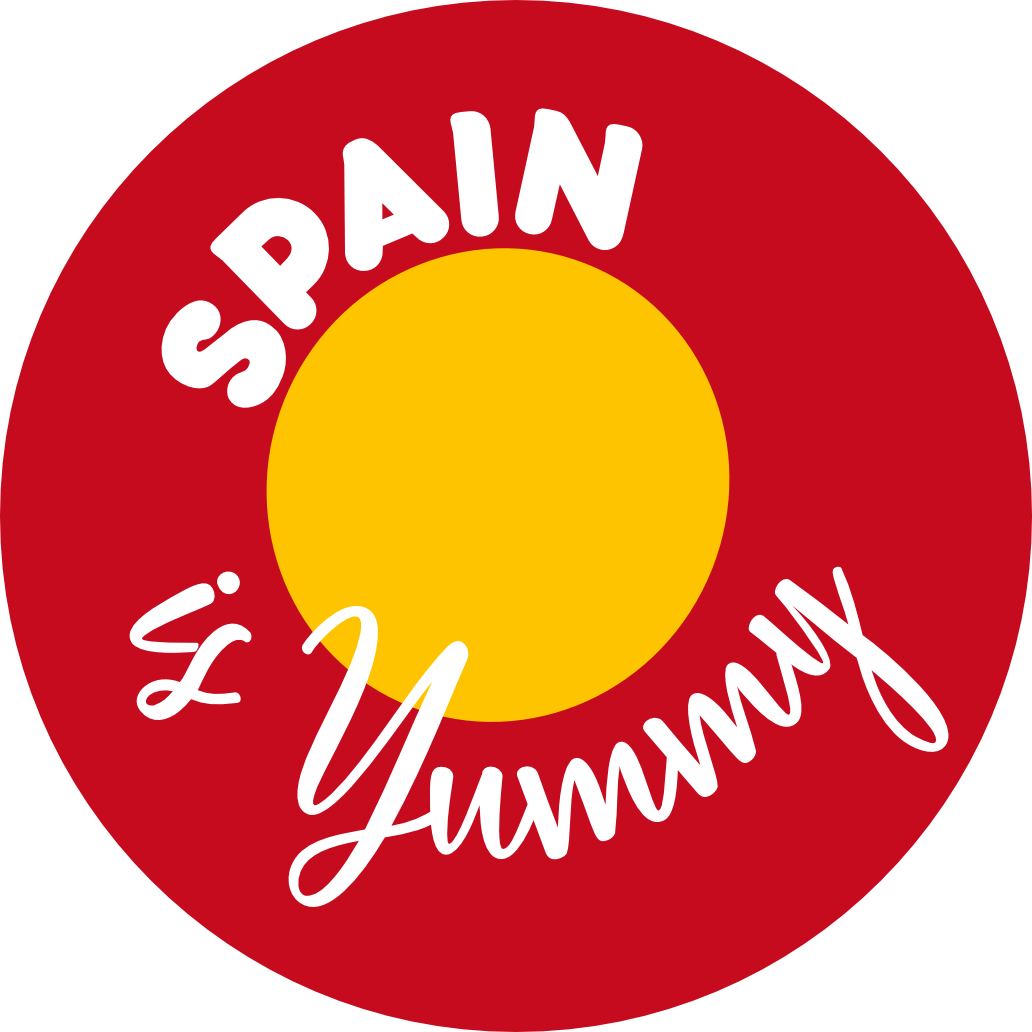The fascinating world of Spanish molecular cuisine! Explore its history, key features, where in Spain to enjoy it.
Molecular cuisine, also known as molecular gastronomy, is a culinary movement that began in the late 1980s and early 1990s, with the aim of creating new and innovative dishes by applying scientific principles and techniques to traditional cooking. This movement originated in France, but it quickly spread to other parts of the world, including Spain, where it has become increasingly popular over the last two decades. In this article, we will explore the history of molecular cuisine in Spain, its key features, and some of the most famous molecular gastronomy restaurants in the country.


The History of Molecular Cuisine in Spain
Molecular cuisine in Spain can be traced back to the early 2000s, when Ferran Adrià, the head chef at El Bulli restaurant in Catalonia, began experimenting with new techniques and ingredients to create innovative dishes. Adrià’s work was heavily influenced by the principles of molecular gastronomy, which had been pioneered by French chemist Hervé This and his collaborator Nicholas Kurti in the 1990s. This approach involved the use of scientific principles and techniques to understand and manipulate the chemical and physical properties of food, with the aim of creating new textures, flavors, and presentations.
Adrià’s experiments with molecular gastronomy led him to develop a range of new techniques, including foams, gels, and spherification, which he used to create dishes that were unlike anything that had been seen before. His work quickly gained attention from the culinary world, and he became one of the most influential chefs of his generation.
In addition to Adrià, there were several other chefs in Spain who were also experimenting with molecular cuisine around the same time. These included Juan Mari Arzak, the head chef at Arzak restaurant in San Sebastian, and Andoni Aduriz, the head chef at Mugaritz restaurant, also in the Basque Country. These chefs, along with Adrià, became known as the “New Basque Cuisine” movement, which was characterized by their use of local ingredients, avant-garde techniques, and a focus on innovation.
Key Features of Molecular Cuisine in Spain
Molecular cuisine in Spain is characterized by its use of scientific principles and techniques to create new and innovative dishes. Some of the key features of molecular cuisine in Spain include:
The use of avant-garde techniques: Molecular cuisine in Spain involves the use of a range of avant-garde techniques, such as foams, gels, and spherification, which are used to create new textures and presentations.
A focus on innovation: Molecular cuisine in Spain is all about innovation and experimentation. Chefs are constantly looking for new ways to create unique and surprising dishes that challenge the traditional notions of what food should look and taste like.
The use of local ingredients: While molecular cuisine is often associated with the use of exotic and unusual ingredients, many chefs in Spain prefer to use local ingredients that are sourced from nearby farms and markets. This helps to create a stronger connection between the dish and its surroundings, and gives the dish a unique sense of place.
A focus on presentation: Molecular cuisine in Spain places a strong emphasis on the presentation of dishes. Chefs use a range of techniques, such as molecular garnishes and edible flowers, to create dishes that are not only delicious, but also visually stunning.


Famous Molecular Gastronomy Restaurants in Spain
Spain is home to some of the world’s most famous molecular gastronomy restaurants, many of which are located in the Basque Country and Catalonia. Here are just a few of the most well-known molecular gastronomy restaurants in Spain:
1. El BUlli
El Bulli was one of the most famous molecular gastronomy restaurants in the world. It was located in Cala Montjoi, Catalonia, and was headed by Ferran Adrià. The restaurant was only open for a few months each year, and diners had to book their tables months in advance. El Bulli was renowned for its innovative dishes, such as “olive oil caviar” and “mango foam”, which used molecular techniques to create new textures and flavors.
2. Arzak
Arzak is a restaurant located in San Sebastian, in the Basque Country. It is run by Juan Mari Arzak and his daughter Elena, who are both known for their innovative approach to cooking. The restaurant has been awarded three Michelin stars, and is known for its avant-garde dishes, such as “scallops with squid ink foam” and “red mullet with liquid olives”.
3. Mugaritz
Mugaritz is another famous molecular gastronomy restaurant located in the Basque Country. It is headed by Andoni Aduriz, and has been ranked among the world’s top ten restaurants by the World’s 50 Best Restaurants list. Mugaritz is known for its experimental dishes, such as “edible stones” and “foie gras with beetroot juice pearls”.
4. Enigma
Enigma Michelin-starred restaurant in Barcelona, Spain, is known for its avant-garde approach to cuisine, offering a unique dining experience that blends cutting-edge techniques with traditional flavors. The menu at Enigma is created month by month following the seasonal cycle of the products found in the markets, to which their rich technical knowledge is applied, always at the service of the product itself. The restaurant’s interior is equally as innovative, featuring a stunning design that includes multiple dining rooms and interactive installations. Enigma is widely considered one of the best restaurants in Spain
5. Diverxo
DiverXO is a restaurant located in Madrid and is run by chef David Muñoz. The restaurant has been awarded three Michelin stars, and is known for its innovative dishes, such as “olive oil snow with anchovy sorbet” and “mushroom risotto with truffle foam”. DiverXO is considered one of the best restaurants in Madrid and is a popular destination for foodies from all over the world.
